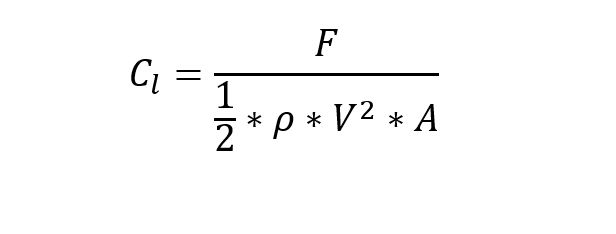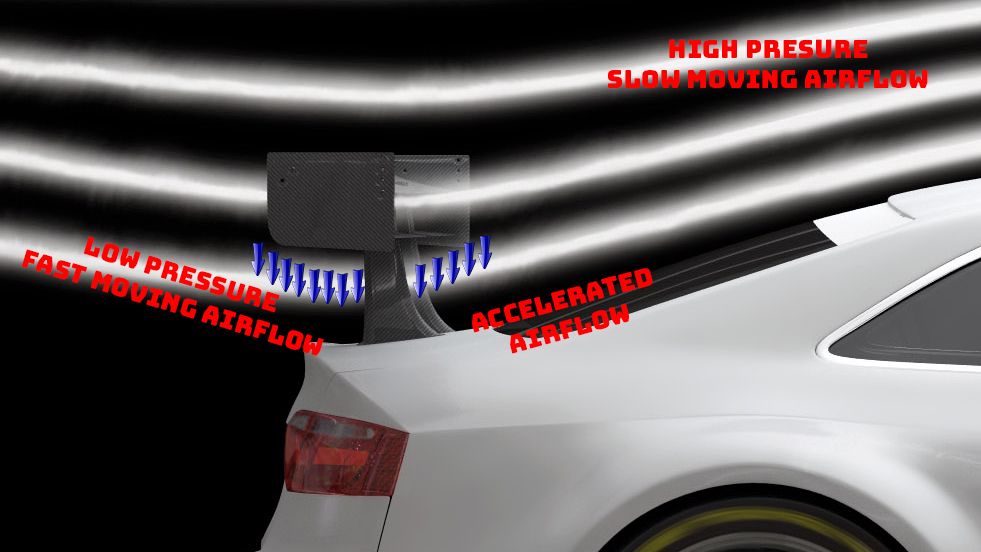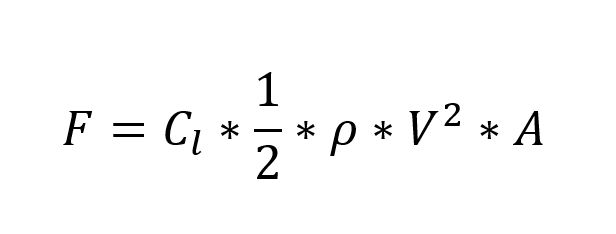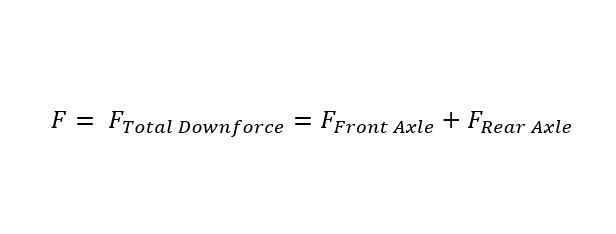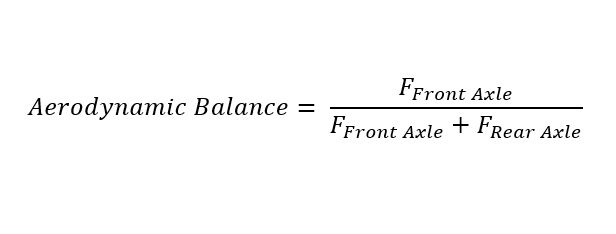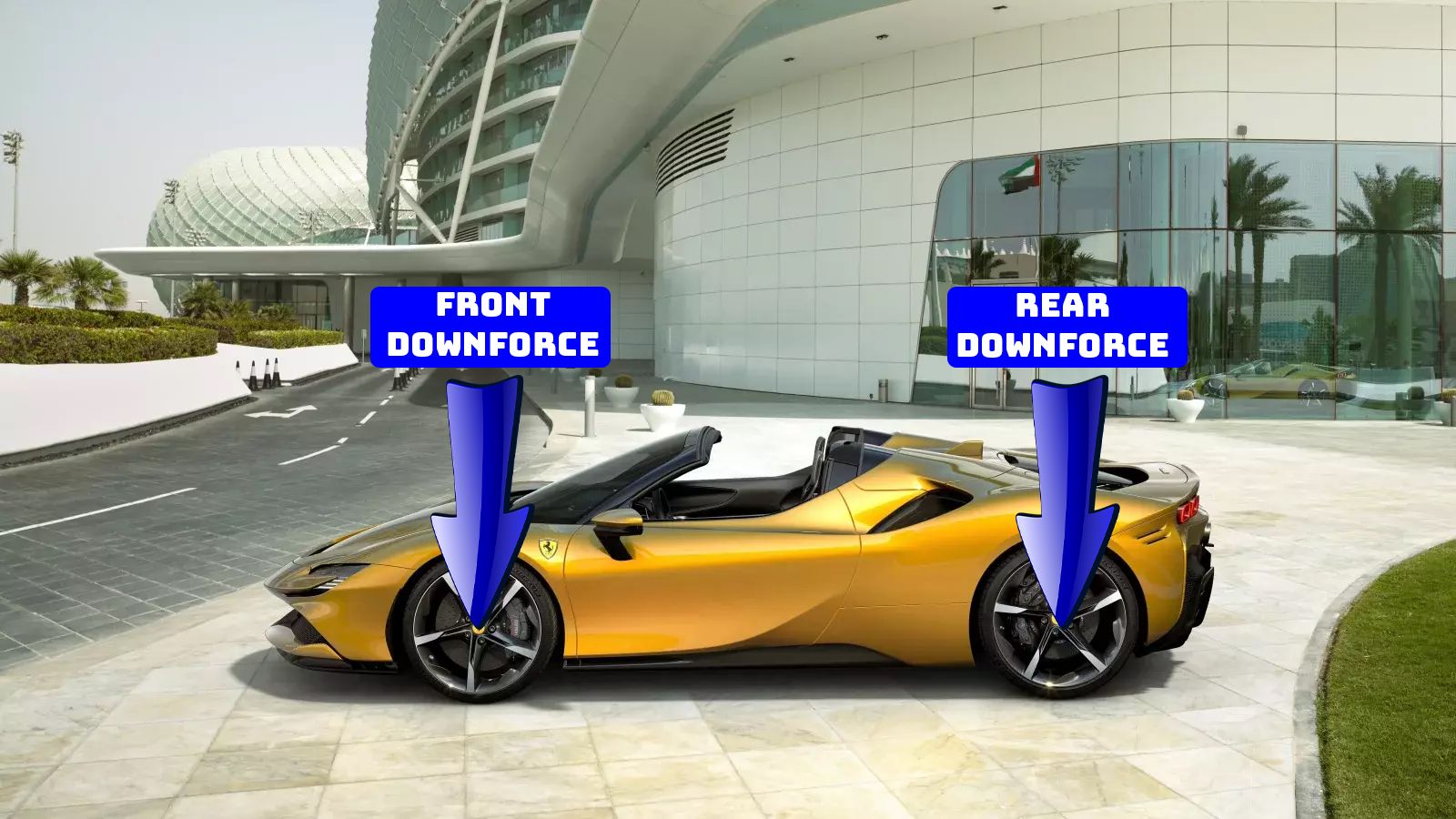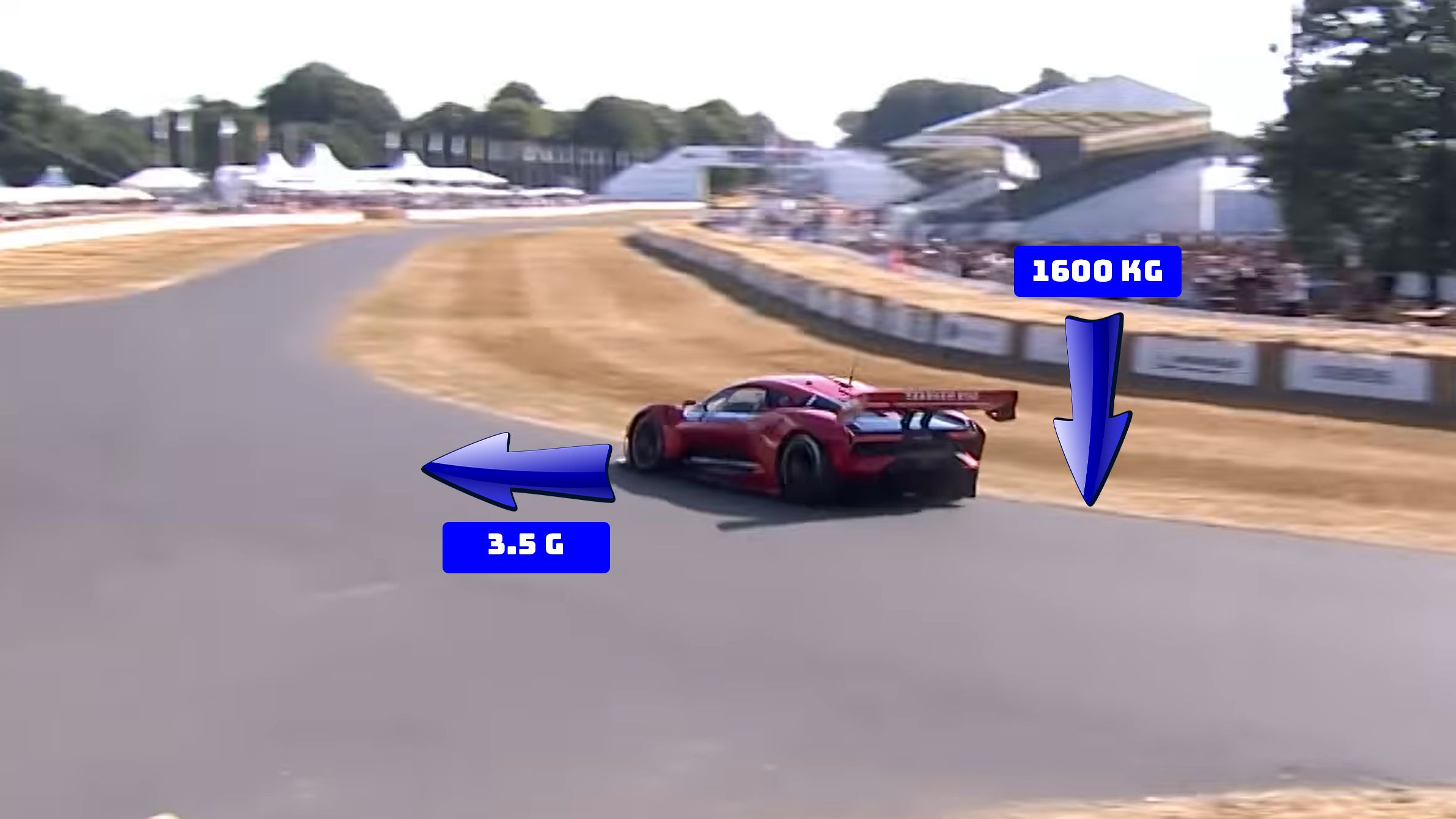Aerodynamics is one of the most exploited areas within the high-performance vehicle industry. Yet it is not easy to judge just how much of it you need, particularly in a road going car. Most car fans will be aware of its importance. However, for a non-engineer, the term “aerodynamic load” can be diffuse and hard to quantify. This is what you need to know about it.
Aerodynamics in a Nutshell
We could start by stating that, in fluid mechanics, air is considered a fluid. The denser a fluid is the more resistance it will offer to any object moving through it - for the sake of simplicity, let’s assume that air density remains constant at 1.225 kg/m3.
This type of resistance is referred to as “drag” and constitutes a parallel force component that opposes the vehicle’s motion. It is also a function of vehicle speed and dependant on its shape as well as its frontal area… so what? One could ask.
Now, if we go back to the subject of high-performance cars, it is fundamental to understand that downforce-generating components (e.g. big rear wings!) have the disadvantage of producing greater drag.
This so-called “downforce” – also referred to as negative lift – is a vertical force component that acts downwards towards the ground. It allows for greater cornering speeds as it increases tire traction capacity as well as reducing tire slide, particularly when stepping on the gas when coming out of medium/high speed corners.
The most common downforce generating elements - by no means the only ones - are rear wings, front aero “flicks” or diffusers. Other solutions may include an S-duct, such as the one found on the Ferrari 488 Pista. It is vital to remember that all these elements work with one another to produce a total vehicle aerodynamic downforce. It is not always a question of achieving the greatest total downforce; one must consider its front/rear distribution as this will influence handling – more on this later.
How can we quantify downforce?
The lift coefficient is the most important indicator and is defined as follows:
Where:
-* Cl = lift coefficient (dimensionless)
-* F = total downforce (in Newtons)
-* V = vehicle speed (in m/s)
-* ρ = air density (in kg/m3)
-* A = vehicle frontal area (in m2)
It is key to remember that the value of Cl will be negative when dealing with downforce.
In the case of a car's rear wing, the air will travel faster on is lower surface where the pressure will be lower; the opposite is true for the upper surface where air flow will travel slower and the pressure will be higher.
This is what creates the net vertical force component acting towards the ground I referred to earlier. The greater the pressure differential between the upper and lower surface, the more downforce the wing will generate.
The lift coefficient, Cl, is dimensionless and the greater its magnitude the more aerodynamic grip the vehicle will produce - basically, the vertical force component “pushing the car down” on the ground will be greater.
From the equation of Cl one can observe that downforce (F) is directly proportional to the square of the speed and thus it will not have a constant value as the vehicle accelerates. Solving the initial equation for downforce, F, yields:
Air density (1.225 kg/m3) and vehicle frontal area (calculated by the manufacturer) remain constant. Thus, we have all data required to carry out CFD (computational fluid dynamics) simulations, wind tunnel and track testing to find the downforce values at different speeds and correlate the results between simulation and real-life testing.
Using the necessary instrumentation, manufacturers can experimentally find the total downforce (FTotal) at a given speed and express it in terms of total front axle downforce (FFront Axle) and total rear axle downforce (FRear Axle). Thus, total downforce, “F” from the above equation, is also equal to:
We use front and rear axles because they are convenient force measurement points and allow for the definition of an aerodynamic balance. The front axle downforce (FFront Axle) will be the sum of the equivalent aerodynamic forces acting on the front wheels and the rear axle downforce (FRear Axle) is the sum of the equivalent aerodynamic force acting on the rear wheels. Thus:
This is a good point to stop and think about under and oversteer. A car with excessive aerodynamic grip at the front and not enough at the rear will be prone to oversteer in corners, as the front end will have greater grip. The rear, however, will be looser and the driver would need mid-corner counter steer (a correction essentially) to avoid the back end overtaking the front end.
In the case of too much downforce at the rear and not enough at the front the vehicle will be prone to understeer. This is a simplistic way of looking at vehicle balance, but it is essentially true. There are many other factors that influence balance and handling, such as the stiffness of the suspension (sway bars/dampers), weight distribution… That said, aerodynamics and the rest of mechanical systems must work as a package to provide a good front/rear grip compromise.
Let us remember that downforce is exactly that – a force. Thus, it is measured in Newtons. However, many sources quote it in terms of “kilograms of downforce”. It’s easy to see why, a figure quoted in kilograms is a nicer number to read and makes the concept easier to grasp for wider audiences. One can view it as a distributed mass (added to the vehicle’s weight) that acts to “push the car down onto the road”.
However, in this analysis we have only quoted it as a force “F” (from the first equation of lift coefficient). So, how do we work it out in terms of kilograms?
Simple, we can use Newton’s second law that states a force is equal to a mass multiplied by an acceleration. Our force in this case is downforce (given the “F” nomenclature) and the acceleration, g, is the gravitational constant acceleration which is 9.81 m/s2. Thus:
Where:
-* F = total downforce at a given speed (in Newtons)
-* m = mass (in kg)
-* g = 9.81 m/s2
From this, it is possible to clarify a common claim such as “this car generates 800 kg of downforce”, as we know how to calculate downforce and we know the value of the gravitational constant (9.81 m/s2). Therefore, solving the previous equation for mass (“m”) will give us aerodynamic downforce in terms of kilograms as follows:
As previously mentioned, downforce increases with the square of the speed. However, it is common to quote it in terms of kilograms of downforce at 150 mph (or Newtons at 150 mph, we can change from one unit to another easily as has shown).
In conclusion, the key point is to remember that downforce does not remain constant as the velocity is increased and that it improves corner speed as well as improving stability during heavy braking from high speeds and helping to “put the power down” under acceleration by providing the tires with greater traction resulting in greater longitudinal acceleration. The relationship between speed and downforce has been defined in the equations. The most important aspect is to obtain an optimum front/rear downforce balance that allows for predictable handling.
FAQ
Q: What is Aerodynamics?
Aerodynamics is the way air moves around things, and anything that moves through the air is affected by aerodynamics.
Q: What Does Aerodynamic Mean?
Aerodynamic is an expression used to describe how air flows over, around, and under anything that travels through the air such as a car, airplane, or even an animal.
Q: How Do Aerodynamics Work?
Aerodynamics is the study of forces and how those forces control the movement of objects, like a car or airplane, as they move through the air. The study of aerodynamics is a major part of building performance cars and helps to measure the forces of lift.
Q: What Are the Four Forces of Aerodynamics?
The four forces of aerodynamics are lift, gravity, thrust, and drag. Lift is the upward acting force (often what automakers are fighting against) while gravity is the downward acing force. Thrust is the forward acting force, while drag is the backward acting force. Lift opposes gravity and drag is opposed by thrust.

